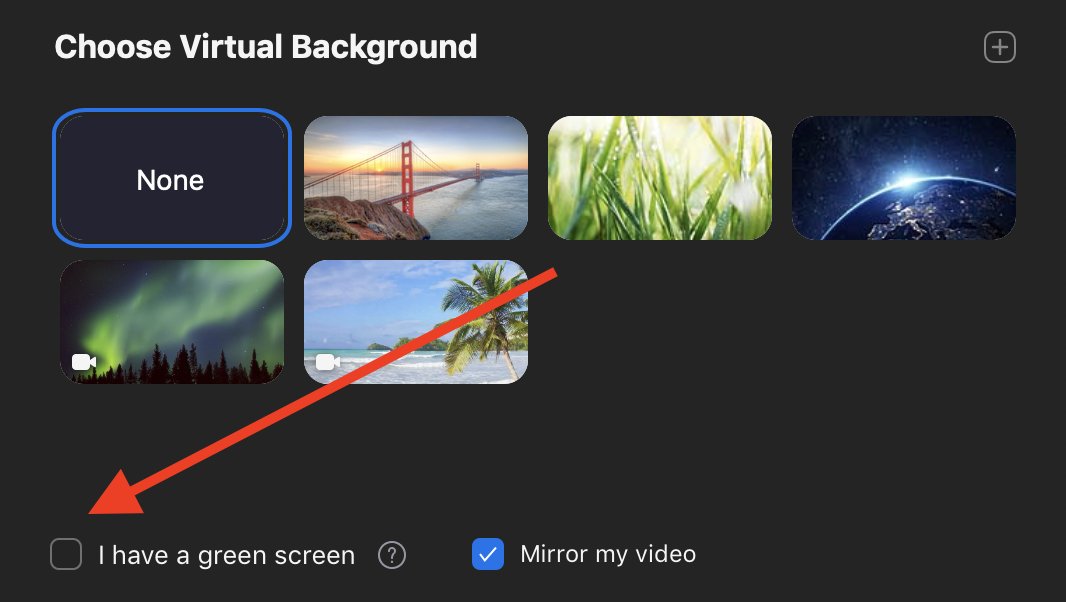

The higher-end quad-core i5 and i7 options will work, however. Unfortunately, this means even the latest Air, which only launched in February 2020, cannot run Zoom virtual backgrounds with its base-spec, dual-core i3 processor. This means that most modern Macs can run Zoom virtual backgrounds, but this does not include dual-core, i5 versions of the MacBook and MacBook Air. To find out what processor your Mac has, click on the Apple icon in the top-left corner, then click on About This Mac.

Then under 'Device specifications' you'll see the details of your processor. To check what processor your PC has, navigate to Settings > System > About. Zoom also notes that, due to compatibility issues with some Intel processors using the HD 620 graphics processor, computers with these processors must use a physical green screen.

You can have a single image as your background, which requires the least power, or you can run a video, which requires a more powerful processor. There are several options here for changing your background, and each requires a different amount of computational power. We'll now explain what these requirements are - for PC, Mac and iOS - then dive into how Zoom's custom background feature works.

But inserting a virtual background requires your computer to have a certain level of performance. To be clear, video chatting can be done using almost any computer (or smartphone and tablet) with a webcam and a microphone. But before all that, you need to check that your computer meets Zoom's requirements.


 0 kommentar(er)
0 kommentar(er)
